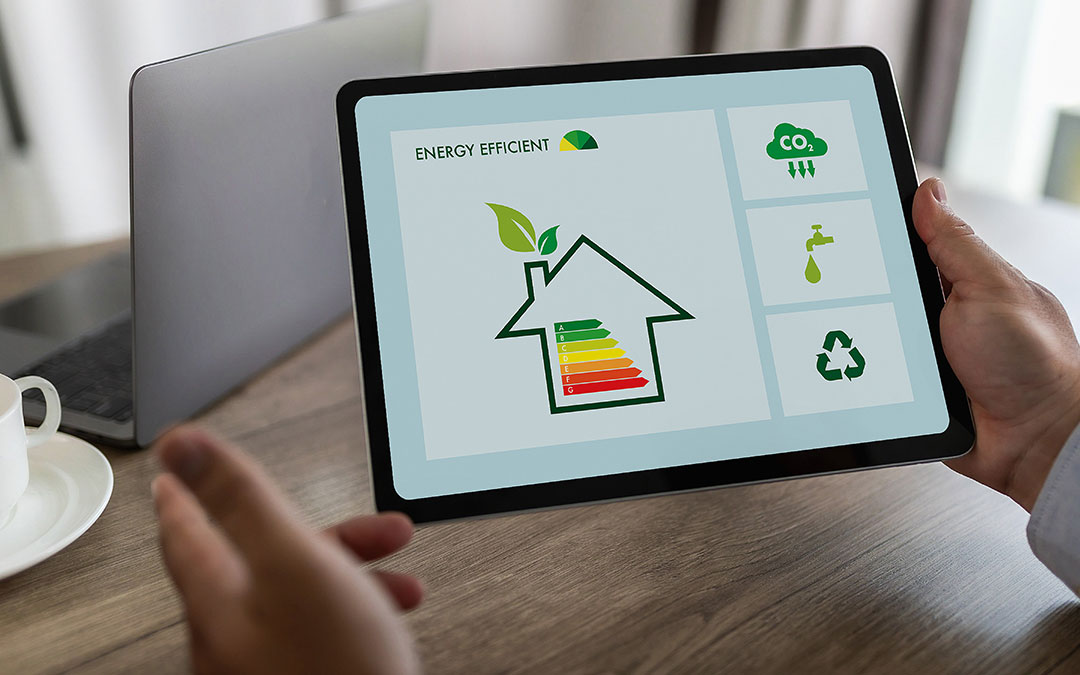When you’re shopping for a new heat pump, you’ll encounter a variety of technical terms and ratings. While many homeowners are familiar with SEER (for cooling efficiency), understanding the heating side is just as critical, especially here in Central Oregon. The Department of Energy recently updated its standards, introducing a new metric that provides a more accurate picture of a heat pump’s performance. So, what is a good HSPF2 rating, and what does this new rating mean for your home’s comfort and energy bills? Let’s get to it.
What Exactly Is an HSPF2 Rating?
HSPF2 stands for Heating Seasonal Performance Factor 2. It’s a measure of a heat pump’s heating efficiency over an entire heating season. The rating is a ratio of the total heat produced (in BTUs) to the total electricity consumed (in watt-hours) during a typical winter. In simple terms, a higher HSPF2 number indicates a more energy-efficient heat pump. It tells you how well the unit converts electricity into warmth, which directly impacts your monthly energy bills.
The “2” in the name is important because it signifies a new, more stringent testing standard implemented in 2023. This new protocol provides a more realistic assessment of a heat pump’s performance, particularly in colder conditions.
From HSPF to HSPF2: A More Accurate Measure
Prior to 2023, the industry used the HSPF rating. While it served its purpose, the testing method didn’t fully account for real-world variables like external static pressure, which can affect airflow and efficiency. The new HSPF2 standard addresses these limitations with a more rigorous testing procedure that better simulates how a heat pump will actually perform in your home.
As a result, a heat pump with an HSPF2 rating will generally have a lower number than its old HSPF counterpart, even for the same exact model. This isn’t because the unit is less efficient, but because the test itself is more demanding. Think of it like a new scale for measuring athletic performance: the new scale is more accurate, so the numbers might look different, but the athlete is still just as good. For Central Oregon, this means you can be more confident that a heat pump with a high HSPF2 rating will truly deliver the energy savings it promises.
How Ratings Impact Your Heating Performance
In a climate like ours, with chilly winter nights and fluctuating temperatures, a heat pump’s efficiency is crucial. A heat pump with a high HSPF2 rating is designed to operate effectively and efficiently, providing consistent warmth without excessive energy consumption.
This means:
Lower Energy Bills: The better the HSPF2 rating, the less electricity your heat pump needs to keep your home comfortable, translating to lower heating costs.
Consistent Comfort: High-efficiency heat pumps are able to maintain a steady temperature without the constant cycling of less efficient units, leading to more even and consistent warmth throughout your home.
Reduced Carbon Footprint: A more efficient system uses less energy, which helps reduce your environmental impact.
So, What is a Good HSPF2 Rating?
For Central Oregon homeowners, the answer to what is a good HSPF2 rating is straightforward: aim for a rating of 8.8 or higher. The current federal minimum is 7.5, but a rating of 8.8 or above indicates a high-performance, energy-saving unit. The higher you go, the more you stand to save on energy bills over the long run. When considering a new heat pump, a strong HSPF2 rating should be a key factor in your decision-making process.
At Bend Heating & Sheet Metal, we’re experts in Central Oregon’s climate and the latest HVAC technology. We can help you understand these ratings and select the perfect heat pump for your home—one that delivers on its promise of year-round comfort and exceptional efficiency.
